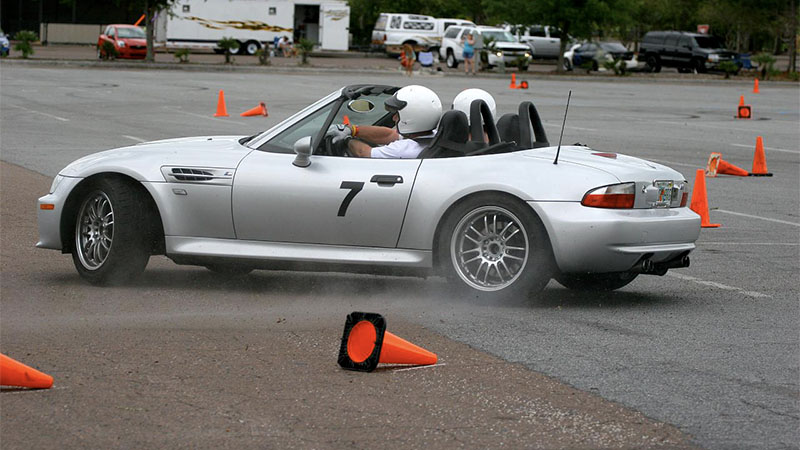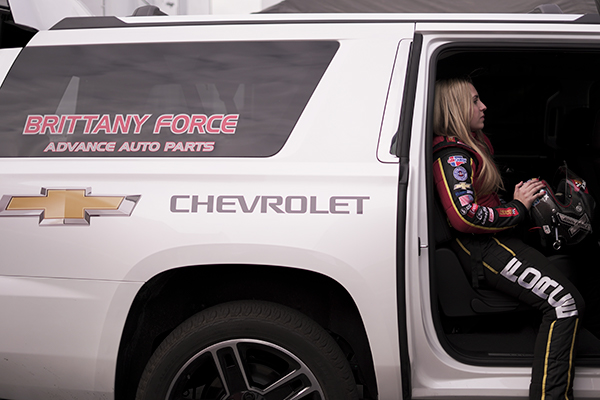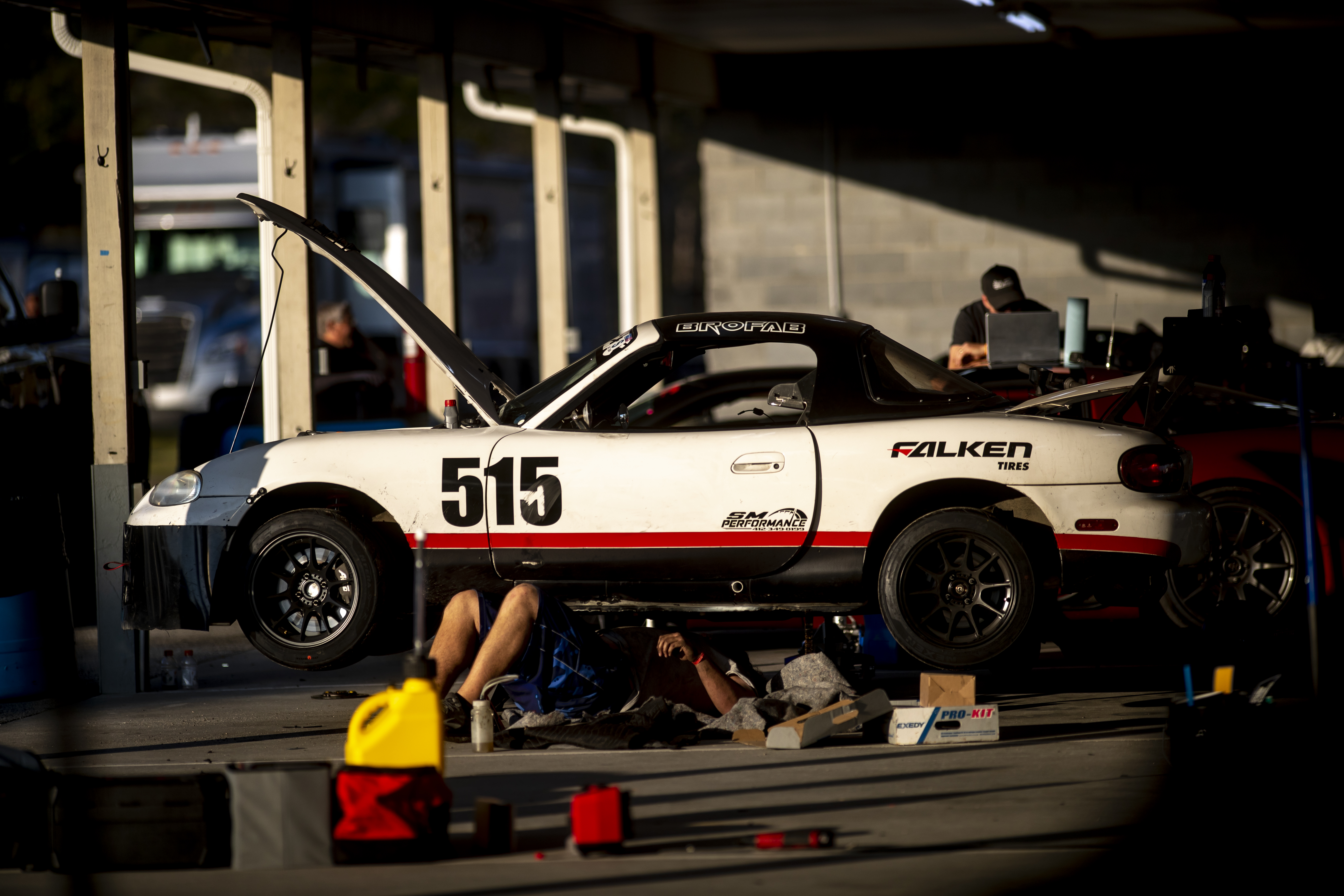Watching motorsport is exhilarating and there's little to rival being trackside save for the one thing; being on the track.
If you've been thinking about getting out in a race car but aren't sure where to start, this article will guide you through some of the most cost-effective ways to get out on track.
Whether you just want to turn up and drive or want to spend time working on a racing machine, you have a wealth of options both locally and nationally.

KartPulse co-founder Davin Sturdivant | KartPulse
Start simple - Get to your local kart track
The key to becoming a great racing driver is seat time and one of the best ways to hone your racecraft is with karting.
Co-Founder of KartPulse and competition kart racer Davin Sturdivant says: “I think, personally, lap-for-lap competition go-kart racing gets you the most seat time per dollar.
“Start with like your local indoor kart tracks, or outdoor rental kart tracks. There are facilities all over the country that basically provide you with small race cars with bumpers on them. You just pop in and drive and you leave and that's it. It's a good way to start because races can be $30 a session."
Your local karting track can be a great way to find people who can give you more advice on where to go next. You'll find competitive racing and friendly community of people who will be able to give you guidance on how to improve, what series to advance to, where to buy a kart — if that's what you want to do — and so on.
But if you want to stay at a rental kart track (either indoor or outdoor, depending on what's nearby) and compete in their championships, you absolutely can. This is the most affordable way to get on track and you'll get a ton of seat time if this is the path you choose.

Driver Simeon Ivanov | Speedracing | Wikimedia Commons
Getting more serious
If you enjoy racing but want to get more deeply involved, it might be time to go to larger karting series and perhaps even buy your own kart.
The people who hang out at rental kart tracks will probably have some advice for you on how to get to the next level. Another great resource is the KartPulse forums where you'll be able to find plenty of likeminded people who will be willing to share with you what they've learned.

Source | KimonBerlin | Wikimedia Commons
Making the jump to car racing
If you want to move straight to car racing, you have a number of options. Costs vary and you won't get as much seat time as in a kart, but you do get the excitement of driving a full-size racing car.
Sturdivant says: “A great option for cars is autocross — it's a solo timed event usually held in parking lots where you can take a streetcar and weave around a temporary course of cones. If you hit those cones, you get time delays, so it's good for car control. You don't get a lot of seat time, but the sessions are very inexpensive. When I used to do it, it was about $25 a day and I'd get four or five runs at the course."
Driver Benny Colantuono | autoxpix.com
If you're considering building or modifying a car for autocross, you might want to check the regulations for where you're going to be competing. Usually, though, anything goes with these cars and you'll be able to find the class that fits whatever you'd like to build.
Autocross isn't the only option if you'd like to build and race a car in time trials, you can also find local drift events that operate in much the same way.

Source | ProjectJenova | Flickr
A great place to start exploring what's available to you locally would be to check out Facebook groups and relevant forums. These are full of knowledgeable people who have 'been there, done that' and will be able to point you in the right direction for local events, donor cars for sale, and guidelines for modifying your own vehicle.
National circuit racing

Source | NASA Spec Miata
Along with autocross and drift events, you should be able to find local circuit racing events. The best thing to do is to go along to these events and get speaking to people. You'll get a sense of what's available and how to get into a circuit race car.
If you're struggling to find something local or you just want to cast your net a little wider, check out the National Auto Sport Association (NASA). This national body helps drivers get started in road racing and will be able to guide you into time trials, rallycross, high performance driving and a range of road racing series that encourage aftermarket modification.

Driver Steve Moore | Rowan Harrison | Wikimedia Commons
This is a great next step if you want to build or modify a car to go racing and you can pick up a car relatively inexpensively, too. For example, the Spec Miata series run by NASA has cars available for as little as $8,000 (rising to $35,000 if the car has a great win record).
If you're a Honda enthusiast, there's the Honda Challenge, which has a number of classes to fit different models and years of Honda cars. Built-car costs vary widely but a good guide is $10,000 to build a car yourself, including the original road-going donor car. Once you have your car, you can race for around $750-$1000 per weekend including fuel and entry fees.
Endurance Racing

Source | Todd Lappin | Flickr
24 Hours of Lemons, ChampCar (formerly ChumpCar and not to be confused with the former open-wheel series) and the World Racing League (WRL) all provide entry-level endurance racing where you can either build your own car to compete, or rent a seat from someone who has built a car.
Racing driver Pippa Mann explains: “Lemons cars tend to be the least expensive way to get started. In fact, you can only race in Lemons if you have a serious sense of humor. This is the world of the bizarre, the ridiculous, and a lot of the cars struggle to make it to the end of the races. However for getting hands dirty, at a cheap entry point, and having some fun, it's a good place to start."

Source | 24 Hours of Lemons
Arrive and drive
If you're not keen on building and maintaining your own race car (at least not quite yet), you can find teams offering arrive and drive packages. This means you can just turn up, hop in a car and get racing with all fees included.
Forums and Facebook groups are a great way to find these opportunities, but you can also contact series organizers such as NASA to be introduced to the right people. The costs for a race weekend vary hugely and things like testing and fresh tires can push the cost of your race weekend up. It's also worth bearing in mind that, typically, front-running teams will charge more than independents.

Source | ChampCar
If you're really serious about your racing career, you can take the step up to something like ChampCar. Mann says: “In ChampCar, most people run something like an E36 BMW and you can rent a seat for a weekend with minimal experience and go racing. However, there is generally NO testing or practice at these events, so you'll want to add in the cost of doing a track day with your car before the race weekend!

Source | ChampCar
“To race in WRL, you have lots of options and the lower classes are pitched as fairly entry-level with the ability to build and run your own car or rent a seat. However, with the speed of the GT4 cars compared to the slower cars, and with how competitive it is, I would say they're moving away from being entry-level, and it's more an option for people who seriously want to go racing for around $5,000 - $10,000 per seat, per weekend — depending on class, race track, team, etc."
If you're keen to go racing and want to do a bit more than a non-competitive track day, you have a lot of options from local rental karting all the way up to national endurance series.
Depending on your budget and skill level, you might want to build and run your own race car or you might prefer to rent a seat to get on track as soon as possible.
Do you race? Let us know how you got started in the comments.









